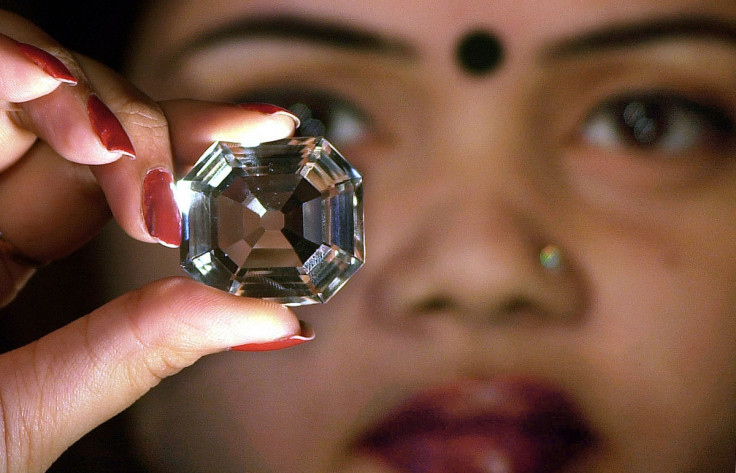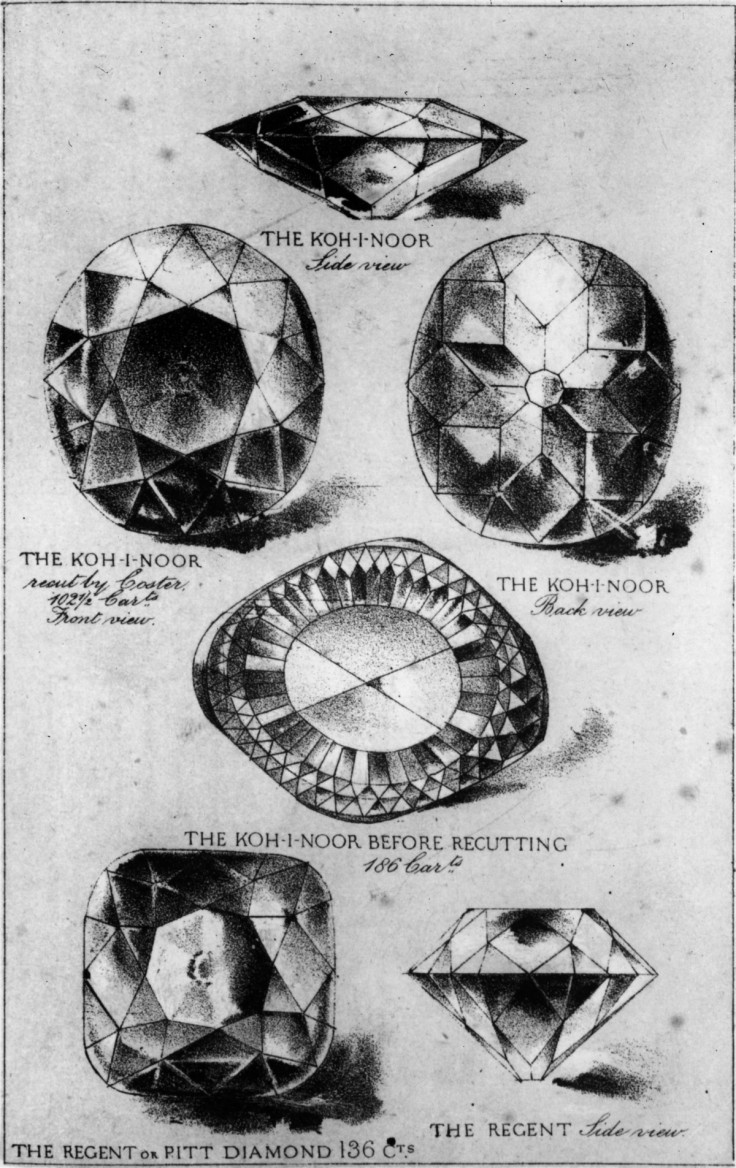Koh-i-Noor diamond: Why is the 'stolen' £100m British crown jewel so controversial?

A lawyer has filed a petition for the return of the Koh-i-Noor diamond, one of the British crown jewels estimated to be worth around £100m ($150m), in a court in Pakistan. A symbol of underlying tensions over empire and race, the diamond has been subject to debate over where it belongs. The 105-carat gem was mined from the Golconda mines in central southern India in around 1100, but fell into British hands when most of the Punjab region was annexed by the East India Company in 1849.
Lawyer Javed Iqbal Jaffry filed the petition at the high court in Lahore, naming Queen Elizabeth II as a respondent. The huge gem is set in the crown of the Queen Mother, last worn at her coronation in 1937. It is now on display in the Tower of London.
This is not the first request for the Koh-i-Noor to be returned. Arguing that the diamond is part of Punjab region's heritage, India and Pakistan have both made previous appeals for the jewel to be handed over. Punjab was split between India and Pakistan in 1947 when they became independent of Britain.
These requests, however, have been dismissed by the UK. In 2010, Prime Minister David Cameron said in an interview on Indian television that the diamond would stay in London. "What tends to happen with these questions is that if you say yes to one, then you would suddenly find the British Museum empty," he said.

The legendary diamond has had a long and bloody history, passing through the hands of conquering Mughal princes, Iranian warriors, Afghan rulers and Punjabi Maharajas, before coming to Britain in colonial times. The Koh-i-Noor, meaning Mountain of Light in Persian, was surrendered to Queen Victoria's representatives in the mid-19<sup>th century.
Over centuries, the diamond travelled from hand-to-hand, leaving havoc and chaos in its wake. According to legend, the gem is cursed – as every empire to ever hold the Koh-i-Noor has fallen.
In 1851, the British public was given a chance to see the Koh-i-Noor when the Great Exhibition was staged in Hyde Park in the capital.
"The Koh-i-Noor is at present decidedly the lion of the Exhibition," the Times reported.
"A mysterious interest appears to be attached to it, and now that so many precautions have been reported to, and so much difficulty attends its inspection, the crowd is enormously enhanced, and the policemen at either end of the covered entrance have much trouble in restraining the struggling and impatient multitude."
Despite the hubbub to view the gem, the diamond failed to satisfy the British public. "Either from the imperfect cutting or the difficulty of placing the lights advantageously, or the immovability of the stone itself, which should be made to revolve on its axis, few catch any of the brilliant rays it reflects when viewed at a particular angle," the reporter wrote.
To make the Koh-i-Noor more appealing, Prince Albert enlisted a Dutch diamond cutter to tailor the gem to his requirements. When it arrived in the hands of the British royal family, it weighed considerably more – around 186 carats, or 37 grams. It was cut into an oval shape, reducing it to 105 carats, which cost around £8,000 at the time.
In the most recent appeal to return the Koh-i-Noor to where was originated, the court has yet to admit the petition for a hearing. It is likely that the diamond will stay in the UK, but the Duchess of Cambridge, Kate Middleton, will wear the crown holding the jewel on official occasions when she becomes queen consort. Until it is handed over, the Koh-i-Noor will remain one of the UK's most controversial spoils of war.
© Copyright IBTimes 2025. All rights reserved.






















